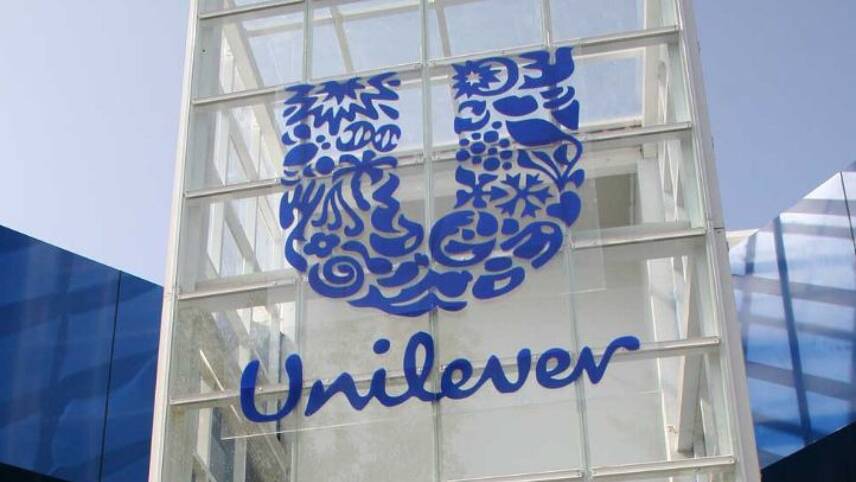Register for free and continue reading
Join our growing army of changemakers and get unlimited access to our premium content

Unilever is now eight years into its ten-year Sustainable Living Plan
The consumer goods giant this week published its annual Sustainable Living Plan report for 2018, documenting progress towards its sweeping array of 2020 and 2030 environmental and social targets.
The digital document reveals that Unilever has already met or supposed several of its 2020 environmental aims, having recorded a 52% reduction in the emissions associated with its energy use, a 44% reduction in the amount of water abstracted per tonne of product produced and a 97% reduction in manufacturing waste sent for disposal since 2008. Additionally, the Anglo-Dutch firm last year exceeded its 2020 sanitation target of providing the support and infrastructure needed to support good hygiene to one billion people, providing help for 1.24 billion across the globe.
Strong progress towards several social targets is also posted in the report, which reveals that Unilever has provided empowerment programmes to 1.85 million women as it strives to reach a total of five million by 2020, and that 61% of its procurement spend through suppliers met the company’s our Responsible Sourcing Policy requirements during 2018. The policy aims to eliminate human rights abuses and minimise health and safety risks throughout the supply chain.
However, Unilever’s progress towards several sustainable sourcing and “products in use” aims was revealed to have plateaued. The report states that 56% of agricultural raw materials sourced by Unilever during 2018 were certified as sustainable, leaving the firm off-track to meet a 100% quota by 2020 aim, for example. The transitions to sustainable sunflower oil and dairy were noted as the most challenging.
The document additionally confirmed that Unilever is off target to meet its 2020 aim of halving the water use associated with its product use and its 2030 ambition to halve the consumer-level waste associated with the disposal of its products and packaging. Since 2010, the company’s water impact per customer has only decreased by 2%, while a 31% reduction in waste impact has been recorded against the same parameters.
“While we still face challenges, it’s clear that doing things differently – while staying true to our values – will continue to be key to our future success while fuelling progress towards the UN Sustainable Development Goals (SDGs) and a creating world in which sustainable living is commonplace,” Unilever’s chief executive Alan Jope said.
“More and more of our brands will become explicit about the positive social and environmental impact they have. This is entirely aligned to the instincts of our people and to the expectations of our consumers. It is not about putting purpose ahead of profits, it is purpose that drives profits.”
Consumer waste challenges
The progress was posted shortly after Unilever launched its first range of water-saving haircare products, called ‘The Good Stuff’, in the US. Unilever claims that the no-rinse nature of the conditioners will save the average user 99 seconds in the shower per hair wash, equivalent to 460 litres of water per full-sized bottle of product.
Other water-saving innovations released by Unilever in recent times have included Day 2 – a dry spray for clothing aimed at minimising the amount of washing carried out by customers – a “flush-free” Domestos toilet cleaner and ‘fast rinse’ hair conditioners made using vegan formulas.
As for consumer-level packaging waste, the firm’s current strategy rests on the three key pillars of “less”, “better” and “no plastics” solutions.
Under the “less plastics” pillar, Unilever has reformulated several laundry liquids to deliver the same amount of washes from its traditional three-litre bottles to one-litre alternatives; redesigned its home care sachets and pouches to deliver a 1,400-tonne year-on-year plastic use reduction in 2017 and invested in a technology which injects gas bottles into the middle layer of plastic bottles. The latter move has cut the weight and amount of plastics required for Dove Body Wash bottles by 15%.
As for the “no plastics” aspect, which Unilever added to its strategy amid growing anti-plastics sentiments among consumers, the company’s PG Tips brand has moved to a fully biodegradable, plant-based material made from corn starch, and is using lifecycle analysis to consider an array of alternative options for other lines.
The “better plastics” aspect, meanwhile, hones in on Unilever’s belief that plastics, in certain forms, have a role to play in future economies. It notably covers its use of recycled content, which Unilever has pledged will account for at least 25% of the material in each of its packaging lines by 2025.
Already, the company has introduced individual product lines which use recycled content exceeding the 25% collective target, including its 100% recycled and recyclable bottles for Sunlight washing up liquid and Love Beauty Planet health and beauty lines. Going forward, Unilever this week announced that all Hellmann’s squeeze bottles and jars sold in the US will be made using 100% recycled plastic by 2020.
Sarah George


Please login or Register to leave a comment.